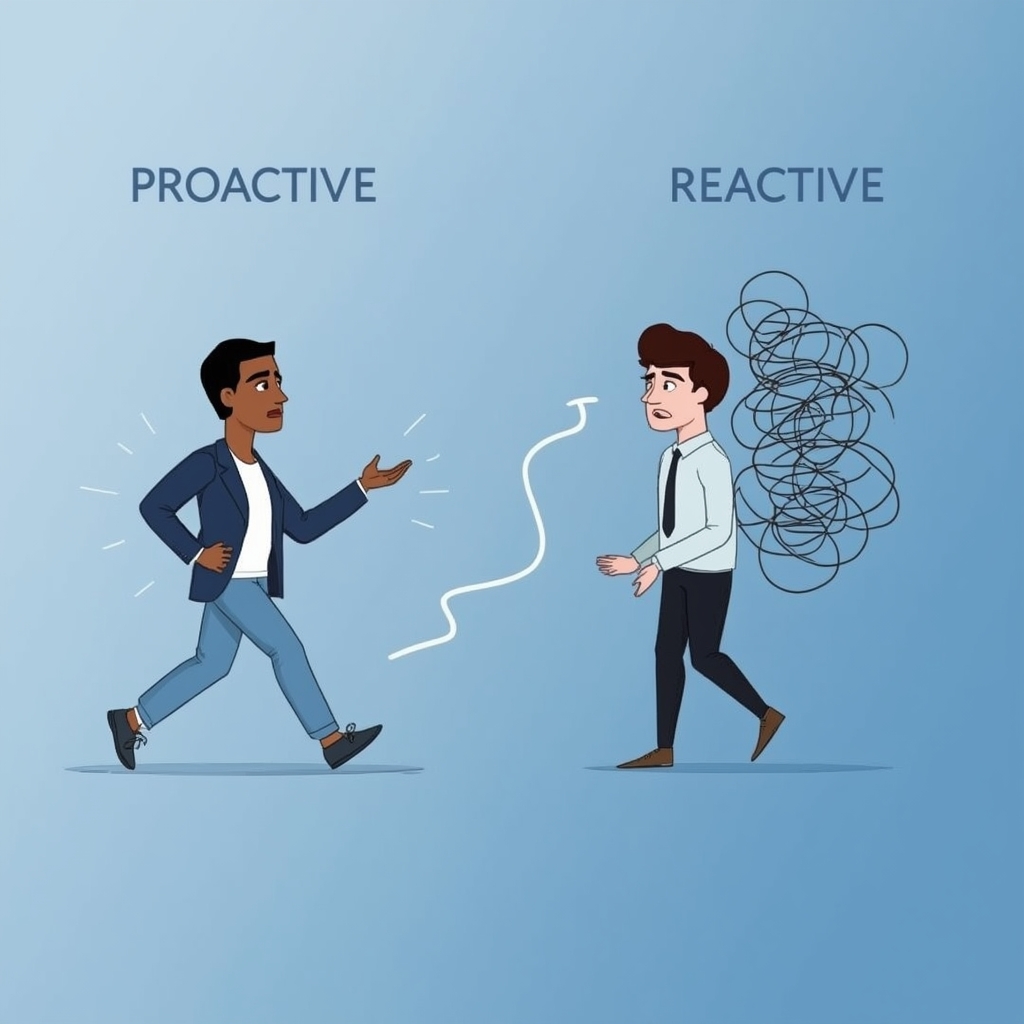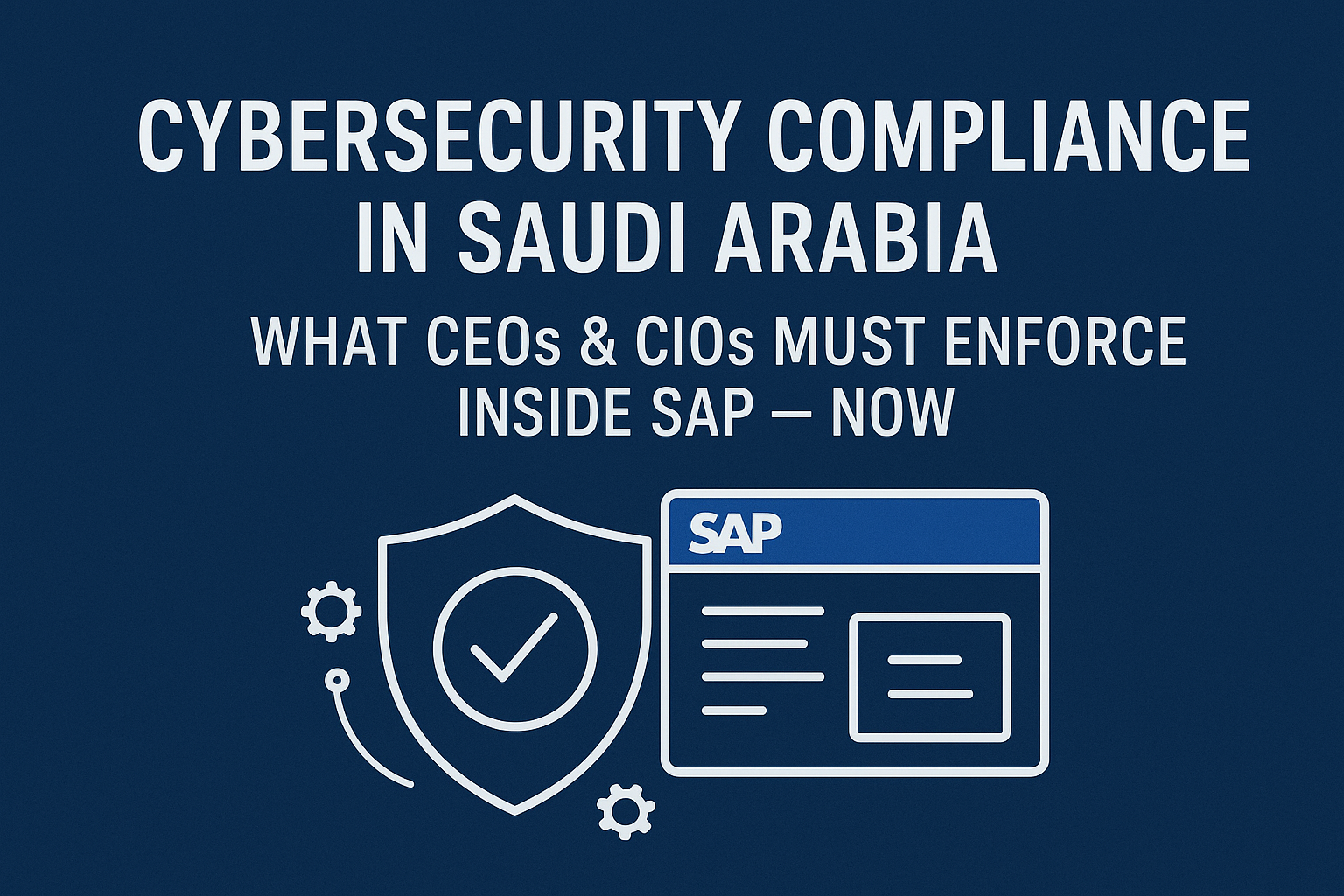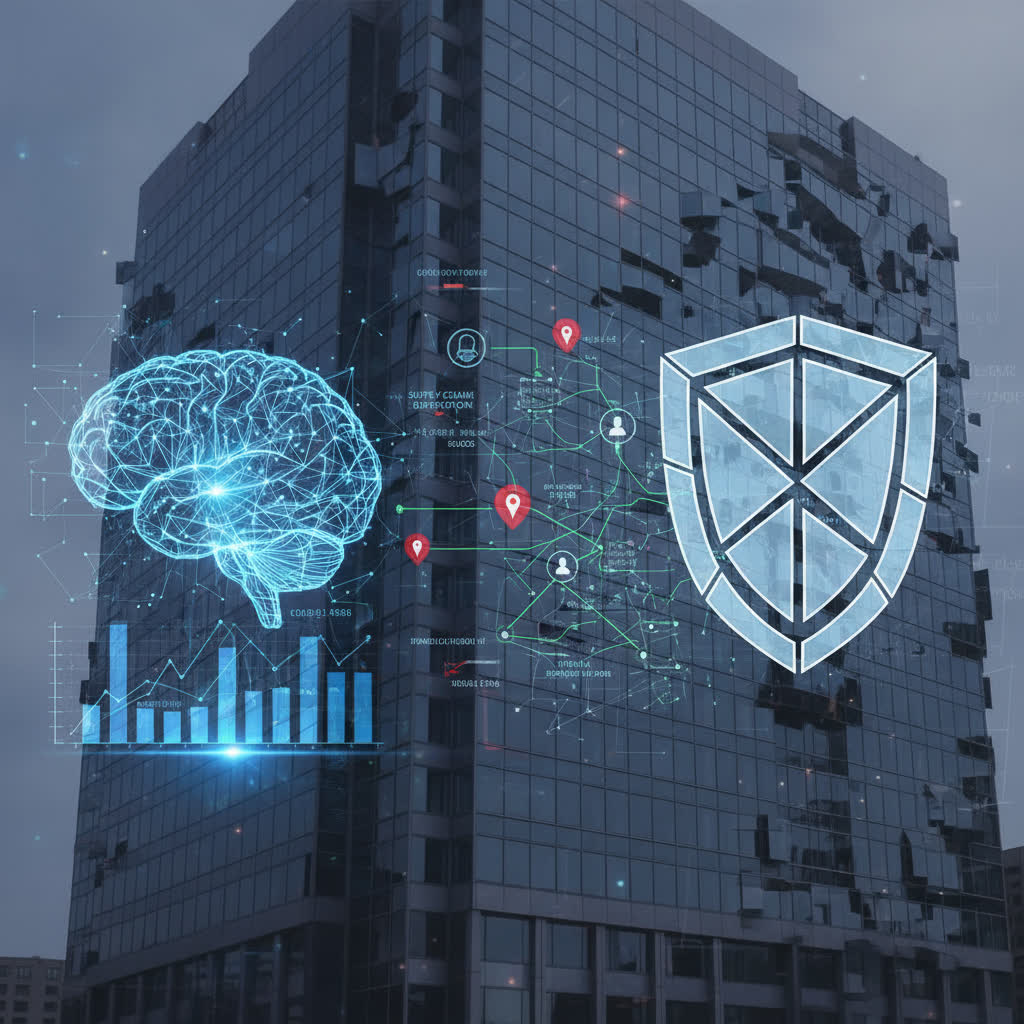Enterprises relying on SAP for critical business processes navigate a complex terrain of security threats and regulatory challenges. Traditional SAP risk management has historically leaned on a reactive approach—identifying, containing and remediating risks only after incidents have occurred. However, as the intricacies of SAP environments and the stakes of non-compliance rise, organizations are recognizing the need for a paradigm shift. A proactive stance on SAP risk analysis, especially with services like SAP Risk Analysis as a Service, is emerging as a key differentiator for future-ready companies. This transition serves not only to protect sensitive data and maintain operational continuity but also to reduce the long-term costs associated with security lapses and audit findings.
The Reactive Approach: Responding After the Fact
Reactive SAP risk management has been the norm for decades, mainly due to organizational inertia, budgetary restrictions or a lack of advanced risk detection tools. The reactive model typically involves responding only when a vulnerability is exploited or a compliance failure is discovered. This often means that incidents are investigated under pressure, with minimal time to mitigate damages or understand the full impact on data integrity and business continuity. Such an approach can erode trust with internal and external stakeholders and may lead to higher expenditures on remediation efforts. Reactive management also tends to overlook latent threats that may fester within the system, such as dormant authorizations or indirect access risks, until they rear their heads in costly ways.
The Proactive Paradigm: Anticipating Challenges Before They Emerge
In contrast, a proactive risk strategy centers on anticipating potential issues before they turn into significant incidents. Organizations applying SAP Risk Analysis as a Service begin by assessing system vulnerabilities, policy misconfigurations and gaps in role design. Advanced tools and automation facilitate continuous monitoring, flagging unusual activity patterns or changes to critical authorizations. By systematically evaluating probable attack vectors and compliance gaps ahead of time, enterprises can pre-emptively remediate weaknesses. This forward-thinking method allows businesses to focus on core operations with confidence while demonstrating to auditors and regulators that SAP environments are regularly scrutinized and optimized for security and compliance.
The Impact of Regulatory Compliance on SAP Risk Management
Increasingly stringent data protection and industry-specific regulations require SAP-dependent organizations to maintain high standards of transparency and control. Frameworks such as GDPR, SOX and ISO 27001 stress the importance of well-defined authorization models and auditable risk management processes. A proactive approach enabled by advanced risk analysis services supports compliance by continuously adapting to new legislative requirements and audit expectations. By proactively managing user access and tracking sensitive transactions, organizations can ensure consistent adherence to regulations and minimize the probability of audit discrepancies or fines. Rather than scrambling at the end of the fiscal year or after a security event, companies benefit from living documentation and real-time compliance reports generated by ongoing analysis efforts.
The Role of SAP Risk Analysis as a Service
SAP Risk Analysis as a Service combines deep technical expertise with intelligent automation and tailored reporting. This service offers organizations the ability to leverage up-to-date threat intelligence, comprehensive vulnerability scans and actionable insights without the overhead of maintaining in-house tools. Proactively identifying incompatible roles, unnecessary privileges and weak password policies before they become exploitable fosters a culture of risk awareness at every level of the organization. With the landscape of cyber threats constantly changing, this managed approach frees up internal IT and security teams to focus on strategic projects, knowing that foundational risk factors are consistently monitored and managed with precision and timeliness.
The Shift in Culture: From Defense to Prevention
Adopting a proactive risk management philosophy calls for changes beyond technology and process—it requires a cultural realignment. Employees at all organizational levels must be aware of the risks associated with SAP system misconfigurations and inappropriate access. By prioritizing education and awareness alongside the use of SAP Risk Analysis as a Service, companies embed security into their daily routines rather than treating it as a response to external triggers. This cultural shift can reduce the time it takes to identify anomalies and drive collective responsibility for safe and compliant system use. Businesses that make prevention their standard instill greater confidence in customers, partners and audit bodies alike.
Technological Enablement and Process Transformation
Tools and platforms underpinning SAP Risk Analysis as a Service are growing more advanced, providing real-time dashboards, smart alerting and easy integration with other governance or SIEM solutions. These technologies automate once-manual tasks, such as continuous reassessment of user roles, prompt detection of segregations of duty violations and real-time risk scoring. By establishing process-driven risk analysis routines, companies can ensure that no changes go unchecked and that potential gaps are detected long before an external audit or attack. This systematic automation supports both the scalability of SAP environments and a more agile response to new business or regulatory developments.
Moving toward proactive SAP risk analysis is not a one-time initiative but an ongoing commitment. With the support of SAP Risk Analysis as a Service, organizations benefit from regular assessments, continual updates to risk models and access to emerging best practices. Each assessment uncovers fresh opportunities to optimize access controls, refine business processes and strengthen the agility of response mechanisms. Through incremental improvements driven by external expertise and real-world analytics, companies steadily elevate their SAP security posture and reduce their total cost of ownership. A proactive framework enables businesses to turn SAP risk management from an operational cost center into a source of strategic value and competitive differentiation.





